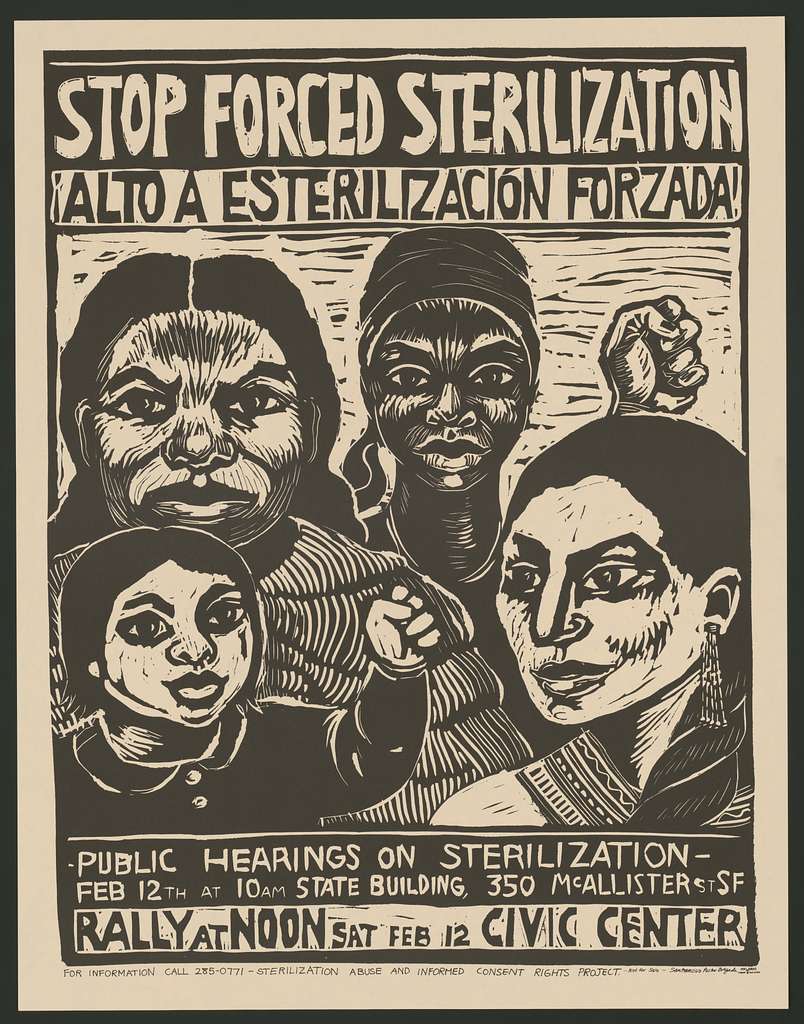Aggregated News

Just under a century ago this May, the Supreme Court handed down an infamous ruling upholding a Virginia law that allowed the forced sterilization of a woman named Carrie Buck. In doing so, it offered its full-throated approval for the ongoing mass sterilizations that were happening all over the country. During the heyday of the eugenics movement, nearly 70,000 people were sterilized against their will—mostly people who were, like Carrie Buck, disabled or perceived as such, and disproportionately Black and brown women.
The story that we’re told about forced sterilization—if we’re told the story at all—is that it was confined to that dark period in history, rising and falling with the popularity of eugenics. But the truth is that forced sterilization is far from a thing of the past. Laws allowing the forced sterilization of disabled people exist right now, all over the country. As we revealed in a 2022 report, the majority of states—31 plus Washington, D.C.,—have laws in place allowing the forced sterilization of disabled people today.
These laws aren’t eugenics-era relics still kicking around from a...



